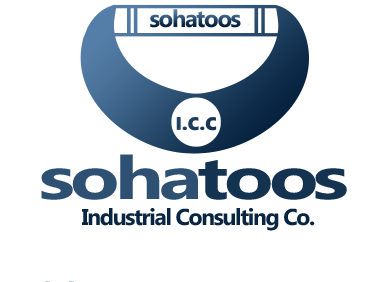







The Middle East’s healthcare sector is offering huge investment opportunities, as a huge amount like $200 billion is expected to be injected into healthcare industry infrastructure in five years.
Arab Health stressed the significance of the event for the Middle East, announcing that $824 million worth of business was generated by exhibitors during the 2019 edition.
The GCC country’s spending on healthcare is expected to hit $2.4 billion by 2025 and $3.6 billion by 2030. Meanwhile, Saudi Arabia’s healthcare spending surged at a CAGR of 12% during the same period and is expected to reach $3.6 billion by 2030.
Master capacity plans and medical tourism
Whether a regulator is creating a health services’ plan for its local population, or with a view to expanding into medical tourism, having a detailed plan as to what services are needed is fundamental to enable a government to deliver on its obligation to provide services, then monitor and supervise the delivery of services, quality, and price.
A new medical city called NEOM City which is to be located on the Red Sea coast will provide a boost to medical tourists from Egypt and Jordan, as well as from the KSA, for ‘lifestyle’ and wellness services. This mirrors the Dubai Healthcare City phase 2 programme, which is focused on wellness and prevention. Bahrain has announced a plan to develop the Dilmunia Health District. Abu Dhabi’s ruler has announced a virtual medical city for Abu Dhabi, and Oman plans to construct an international medical city. It is expected that the services provided in such medical cities will need to be innovative, using new technology platforms, wearable monitoring devices, and artificial intelligence to deliver personalised medicine and improved clinical outcomes.
Across the Middle East region, there are multitudes of healthcare sector initiatives underway. Creating infrastructure in healthcare is not an easy task. Projects are usually large-sized and involve adherence to many standards, regulations and best practices.
Based on demand/supply analysis and characteristics of the healthcare sector in Middle East, we have identified the following opportunities for investors and operators:
Daycare surgical centers: Due to advancements in healthcare technology (for example laparoscopy), a number of daycare surgeries (treatments/procedures) have significantly increased, resulting in higher demand for daycare surgery centers. The demand for daycare surgical centers has also increased regionally and in middle east, due to increase in prevalence of number of lifestyle diseases such as diabetes, obesity, depression, strokes, cardiovascular diseases, blood pressure, etc., which does not require treatment in traditional hospital set-ups.
Demand for maternity and pediatrics: Number of private health facilities, especially in Riyadh and Jeddah are focusing on maternity and pediatrics owing to high demand for these specialties. Many hospitals have separate buildings dedicated for mother and child services. Throughout Middle East and especially KSA, there is a high demand for maternity and pediatric services supporting a business case for developing stand-alone hospitals or as part of a hospital complex.
Laboratory and diagnostic center: Standalone laboratory and diagnostic centers are required in KSA to support the increasing volume of outpatient facilities. Long term care (LTC)/rehabilitation: With the changing age profile, KSA requires a large number of LTC facilities. The government is seeking private sector facilities specialized in LTC to refer their patients requiring rehabilitation and/ or long-term care.
Increased demand for specialized services: Centers of excellence focusing on certain specialties such as ophthalmology, cosmetic surgery, IVF and orthopedics are expected to grow further, especially in Riyadh and Jeddah. Many General Hospitals have also established dedicated wings to provide highly specialized services in a single specialty and this has often been a key factor for their success.
Primary care: High occupancy rates of hospitals due to large population in Middle East, these countries require more primary care clinics and medical centers to meet the demand of the rising population.
An investor wishing to bring new innovative treatments and services can access helpful advice and guidance from Sohatoos With more than 25 years of experience, we are proud to serve our clients with best quality. Our primary focus in this industry is to market repot, trade mission, brand registration, company registration and help our clients in every possible way.